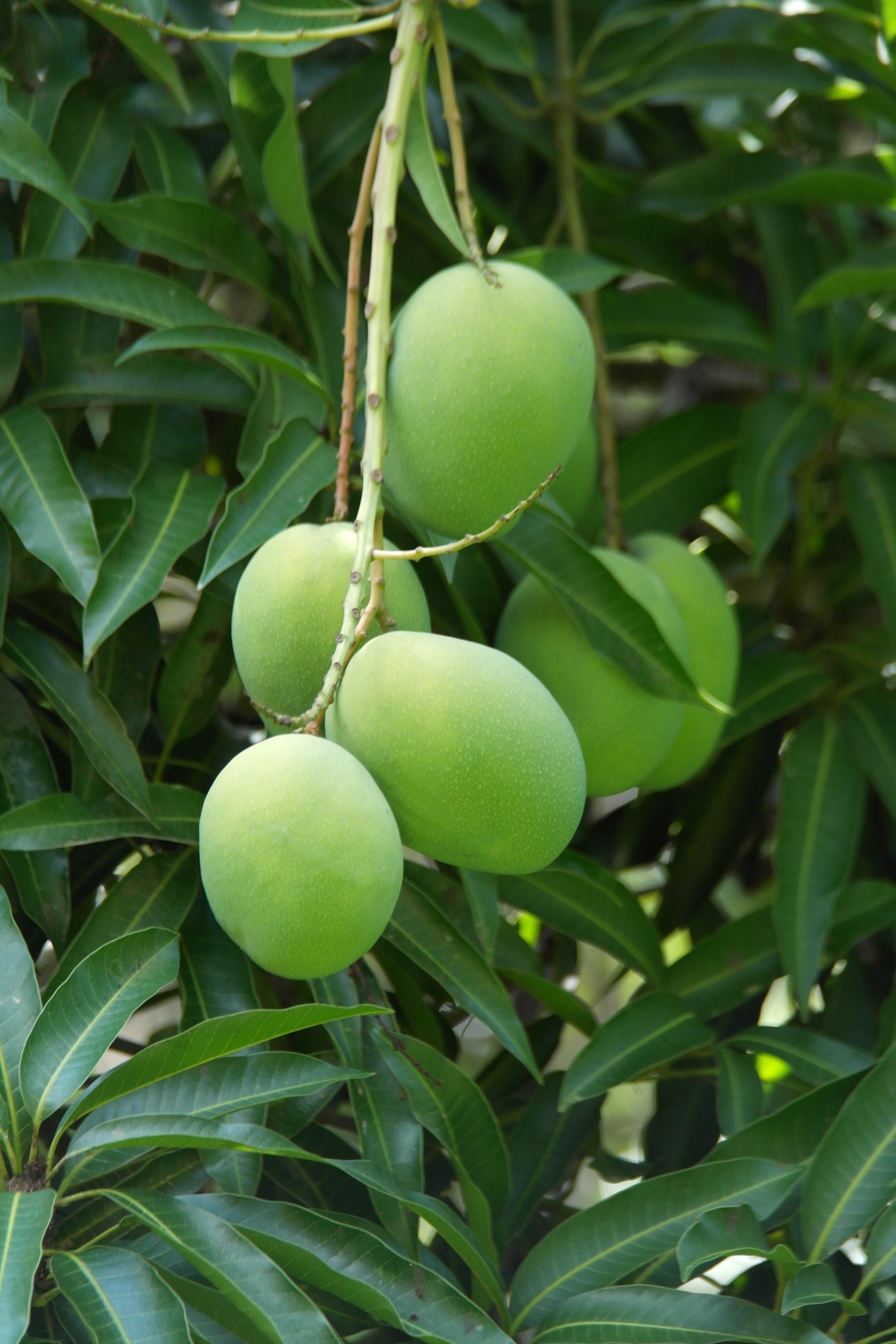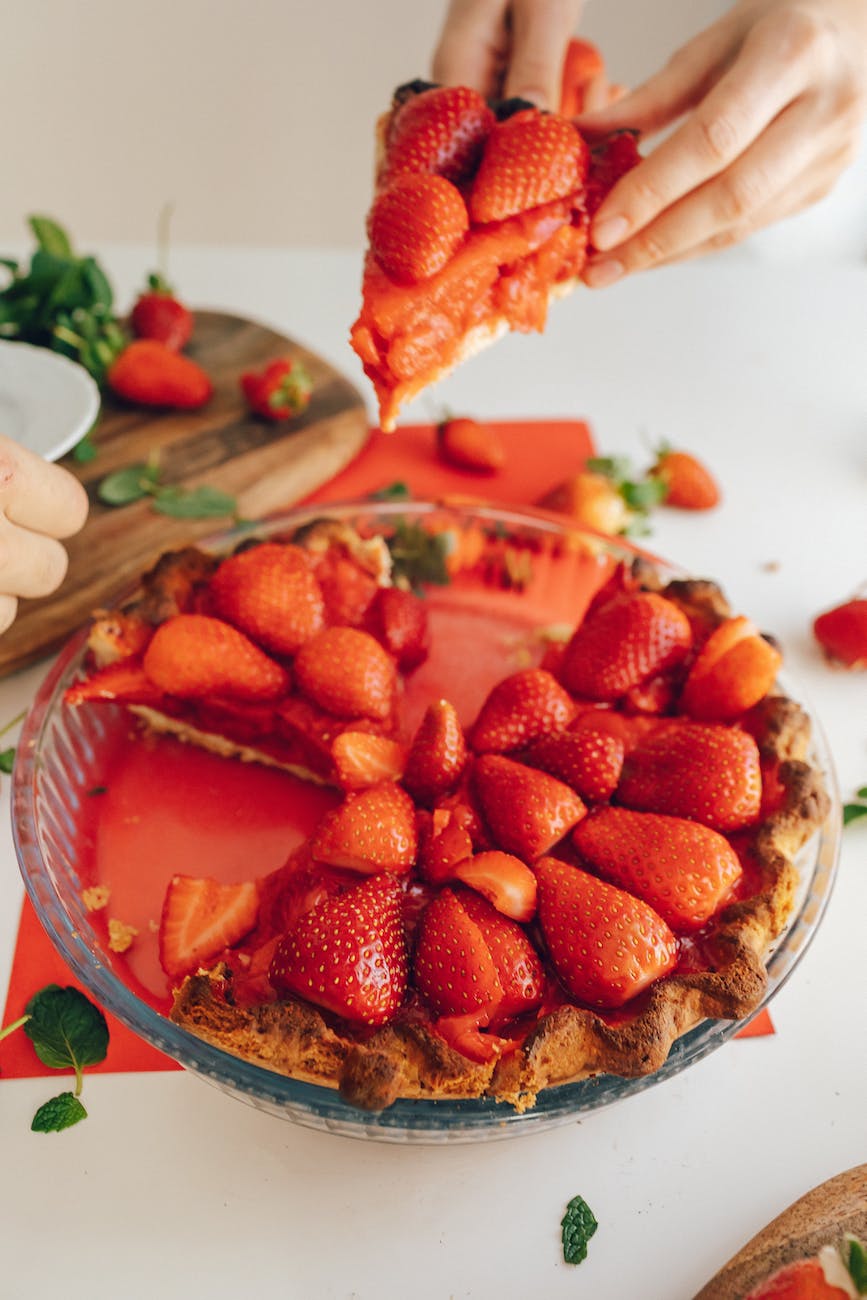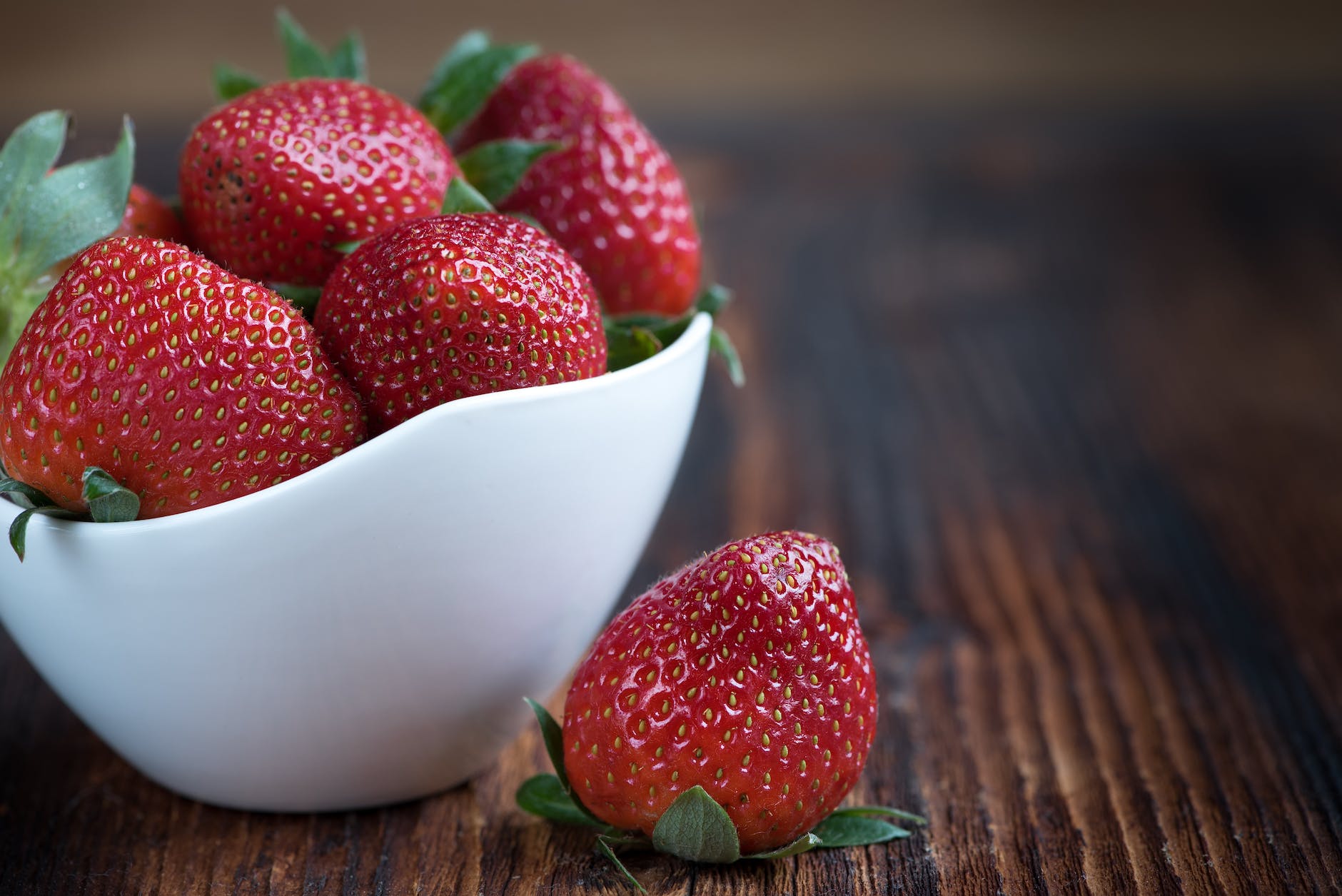
Calling all foodies! If you’re someone who’s always on the lookout for the next exciting flavor to enhance your culinary repertoire, then it’s time to make some space in your kitchen for Mango Amba Sauce! 🎉
What is Mango Amba Sauce? 🧐
A delightful fusion of tangy, spicy, and slightly sweet flavors, Mango Amba Sauce has its roots in the rich and diverse culinary traditions of Indian-Jewish cuisine. The name “amba” is derived from the Marathi and Sanskrit words for “mango”. 🥭 It’s crafted from pickled green mangoes, vinegar, salt, turmeric, chili, and fenugreek. This vibrant sauce is a burst of flavors that’s ready to jazz up your meals and take your taste buds on an exciting journey. 🍽️
Variants of Amba Sauce 🌎
The beauty of amba sauce lies not just in its unique flavor but also in its versatility. It’s been adopted and adapted by various cultures, each adding their own unique spin to this tasty condiment. Let’s take a trip around the world and explore some of the exciting variants of amba sauce:
1. Iraqi Variant: 💃 In the aromatic kitchens of Iraq, amba is the spice of life. This version is frequently used with fish dishes, falafel, kubbah, kebabs, and even eggs. It adds a vibrant, spicy kick to these dishes, making it a must-have on any Iraqi dining table.
2. Saudi Arabian Variant: 🌴 Amba is also a star in the culinary scene of the Arabian Peninsula. Here, it’s often part of “nawashef”, a mixed platter of small plates, and can be enjoyed at both breakfast or dinner. Imagine dipping warm, freshly baked bread into a jar of tangy amba sauce – sounds heavenly, doesn’t it?
3. Indian Variant: 🌶️ In India, amba shares the spotlight with a pickle called “achar”. A staple in South Asian cuisine, it’s the perfect companion for a bowl of steaming rice or a plate of piping hot parathas.
4. Israeli Variant: 🥙 In Israel, amba has found its place as a go-to condiment. It’s generously slathered on sandwiches and used as a topping for hummus and mezzes. The Israeli twist? They always use unripe, green mangoes, which lend a more savory flavor to the sauce.
5. Modern Gourmet Variant: 🍓 Now, here’s where things get really exciting. Gourmet chefs are getting creative and swapping out mangoes for strawberries, creating a jam-like sauce that’s as delectable as it sounds. Salty, sweet, and tart – it’s a flavor rollercoaster!
How to Use Amba Sauce 🍴
Now that we’ve explored the different types of amba sauce, let’s put on our chef hats and dive into some delicious ways to use this versatile condiment:
1. Sabich Sandwich: 🥪 This popular Israeli sandwich made with fried eggplant, hard-boiled eggs, and various vegetables, becomes even more delicious with the addition of amba sauce. The tangy and spicy notes of the sauce balance out the rich flavors, making each bite a delightful experience.
2. Falafel: 🥙 Who doesn’t love falafel? And guess what? They love amba sauce! Dip your crispy, golden falafel into some tangy amba sauce for a tastesensation that will have you reaching for more.
3. Shawarma: 🌯 Drizzle some amba sauce over your shawarma for a zesty kick that pairs perfectly with the savory flavors of this Middle Eastern classic.
4. Grilled Meats and Vegetables: 🍖🍆 Fire up the grill, folks! Amba sauce pairs brilliantly with grilled meats and veggies, adding a tangy, spicy twist that elevates their taste profiles.
5. Avocado Toast: 🥑 Give your morning avocado toast a creative spin by spreading some amba sauce on it. The combination of flavors will surprise and delight your taste buds.
6. Hummus Bowls: 🍲 Add a drizzle of amba sauce to your hummus bowl. The tangy and spicy notes enhance the creaminess of the hummus, creating a complex and exciting flavor experience.
7. Rice and Grain Bowls: 🍚 Mix amba sauce into rice or grain bowls, featuring ingredients like quinoa, bulgur, or couscous. The sauce adds a lively kick to the dish, complementing the grains, proteins, and vegetables.
8. Roasted Cauliflower: 🥦 Brush amba sauce onto roasted cauliflower for an unexpected and delicious twist. The tangy and spicy flavors work well with the caramelized, earthy taste of the roasted cauliflower.
9. As a BBQ Sauce: 🍗 Give your BBQ a fruity, spicy makeover by using amba sauce as your BBQ sauce. Trust us, it’s a game changer!
10. As a Sorbet Base: 🍨 Yes, you read that right! Amba sauce in your sorbet. This unique combination adds a fresh and tangy twist to your sweet treat.
11. As a Cake Topping: 🍰 A fruity hot sauce on a cake? It may sound unusual, but the combination of the sweet cake and the spicy, tangy amba sauce will have you reaching for seconds!
12. As a Taco Dressing: 🌮 Why not give your tacos a new spin with some amba sauce? It adds a spicy and fruity kick that will take your tacos to the next level!
That’s a wrap, food lovers! 🎊 We’ve explored the exciting world of Mango Amba Sauce, its variants, and a range of mouthwatering uses. It’s time to grab a jar and start experimenting in your own kitchen! Don’t forget to share your amba creations with us. We can’t wait to see what delicious dishes you come up with! 🎉
Happy cooking! 👩🍳👨🍳













